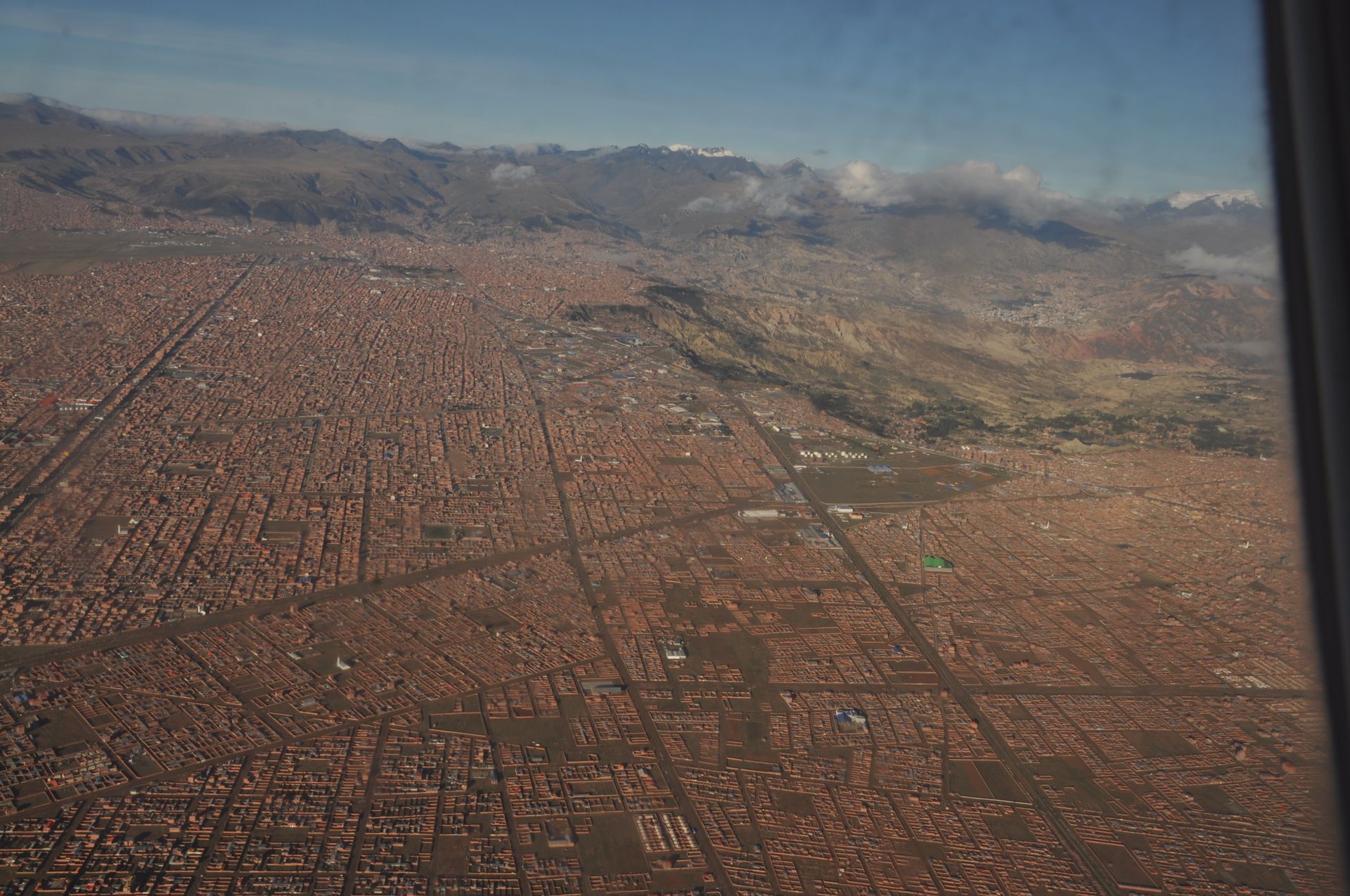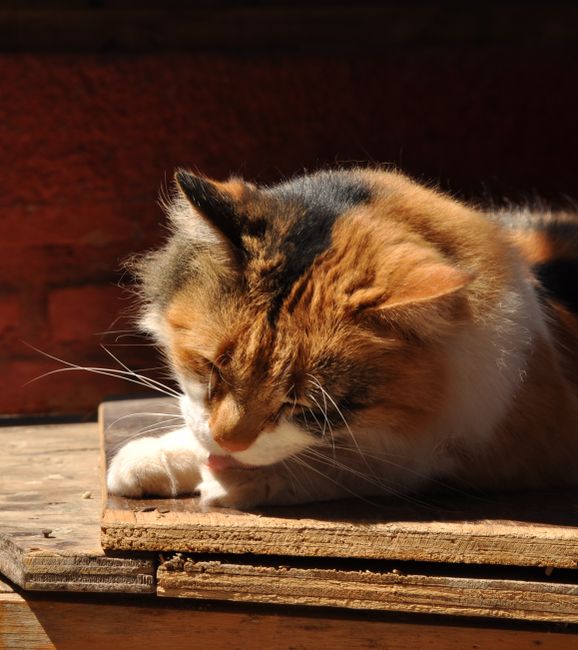Insel hopping on the highest sailed lake in the world
Հրատարակվել է: 01.11.2018
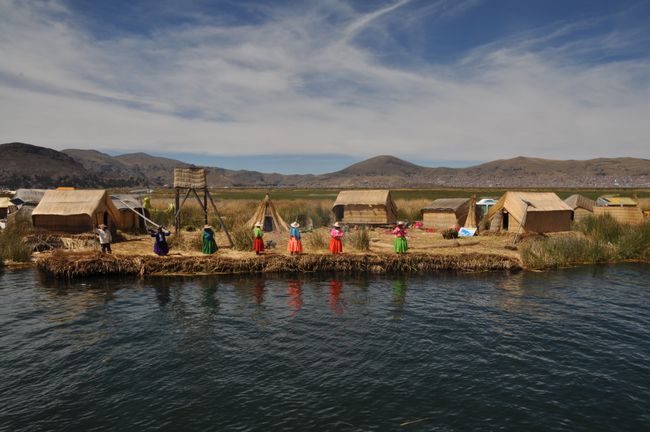
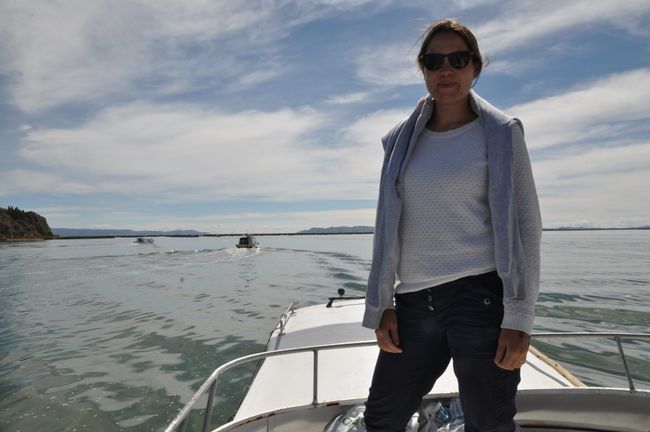
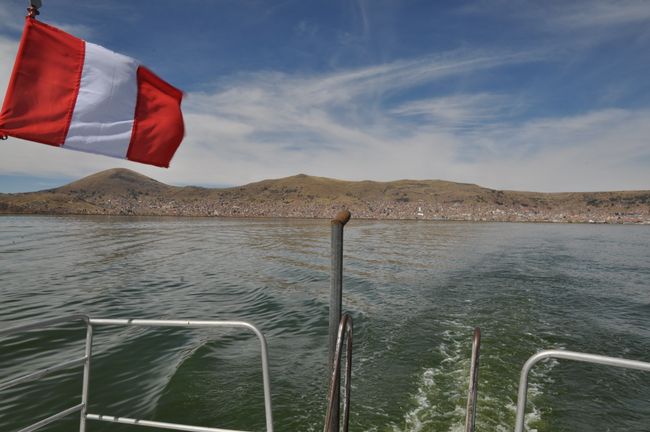
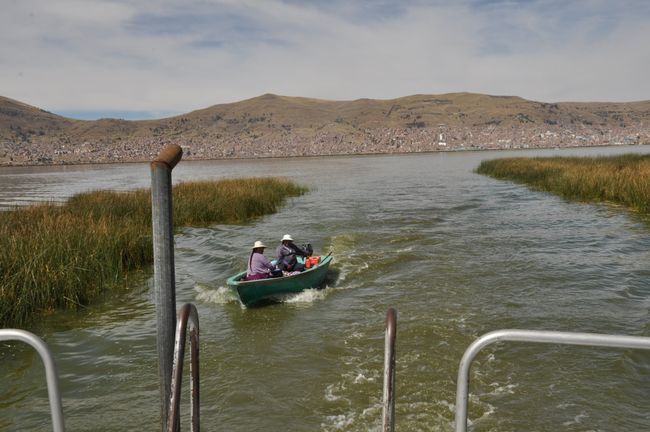
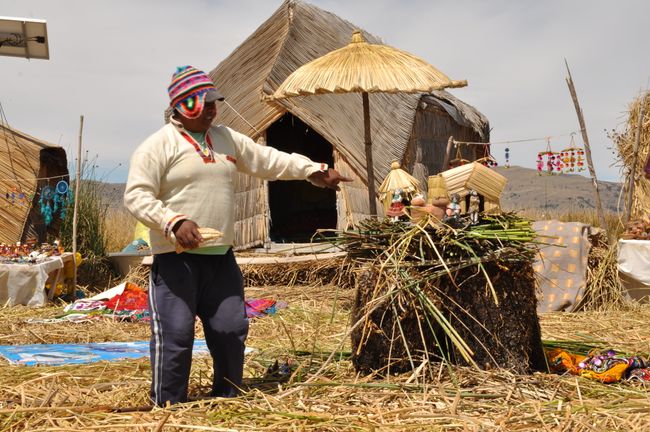
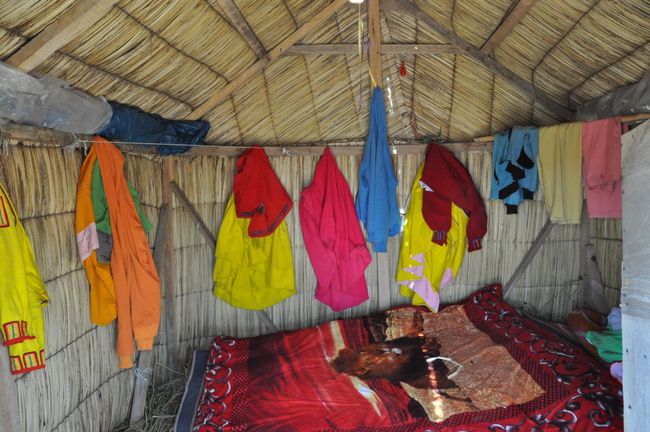
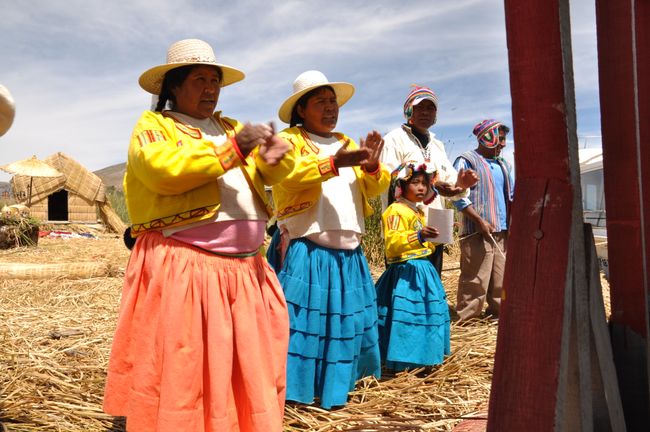
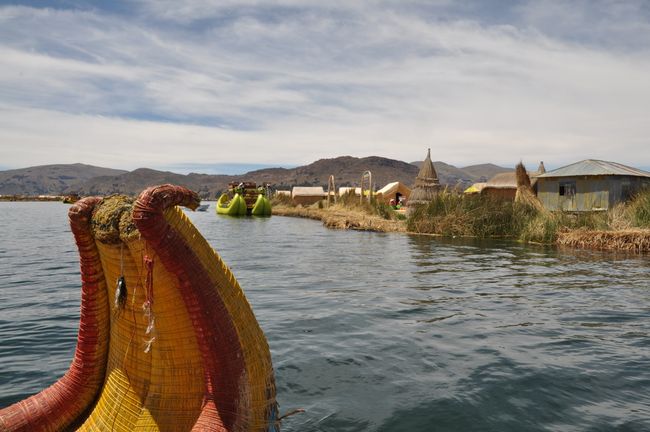
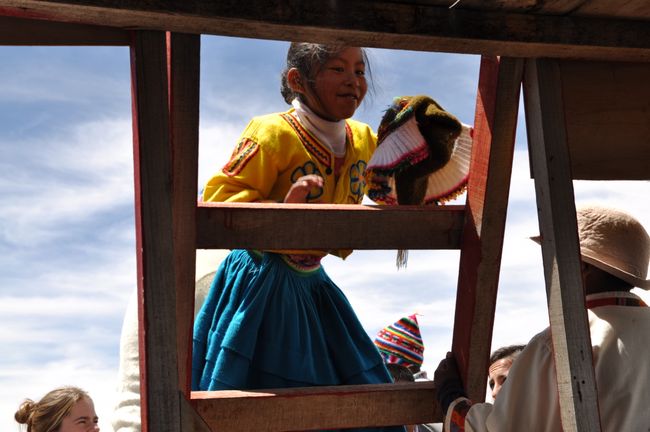
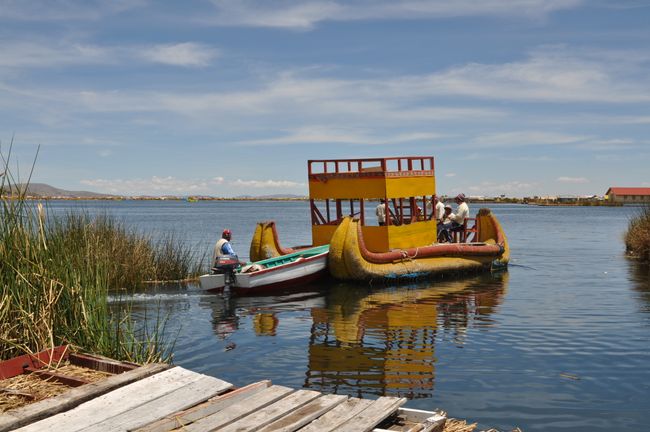
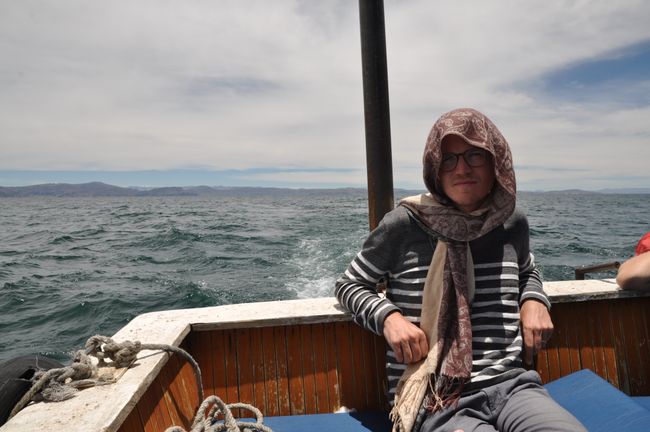
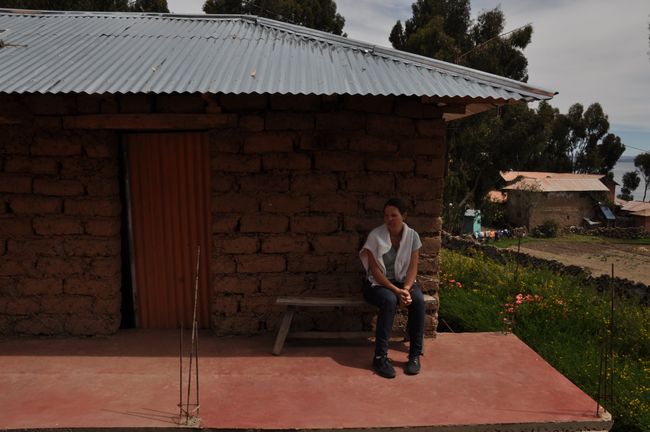
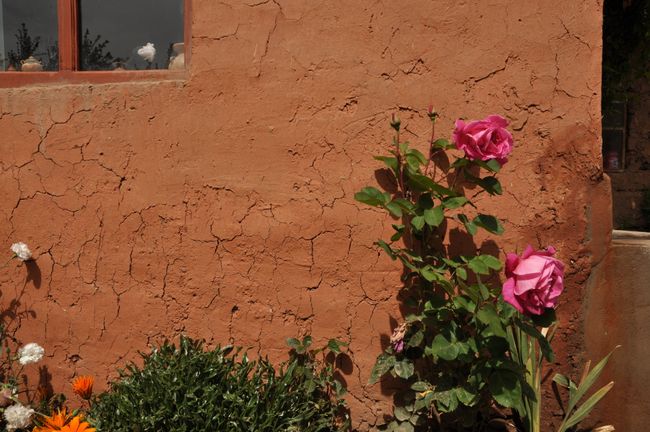
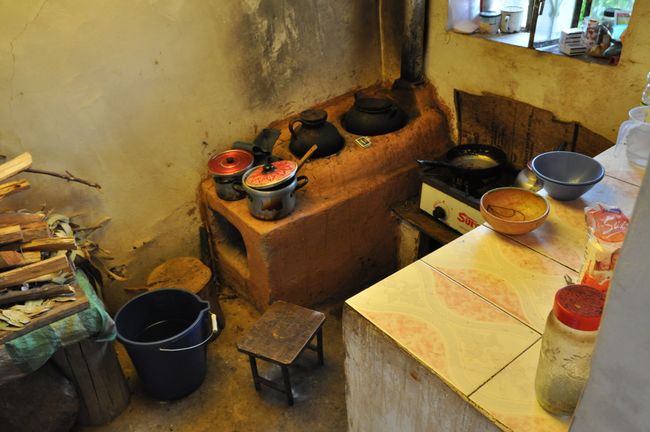
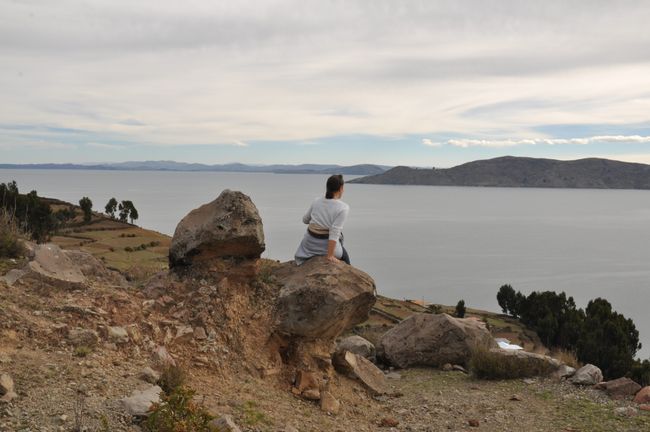
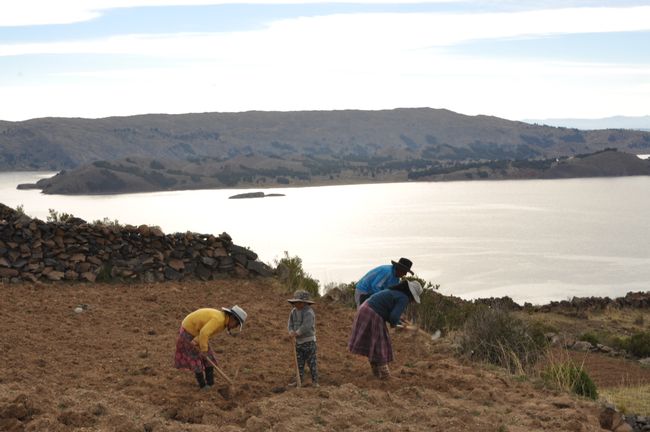
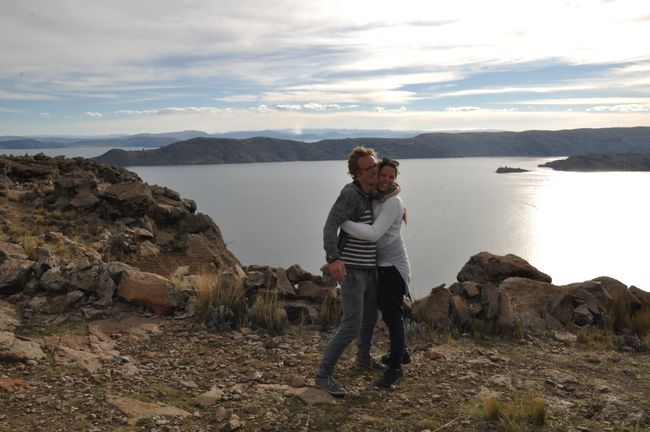
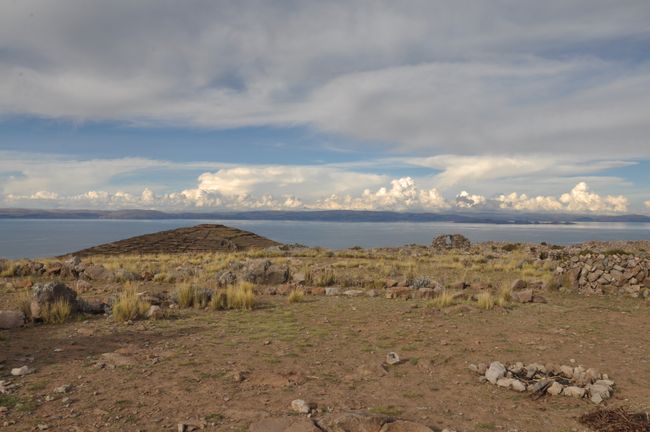
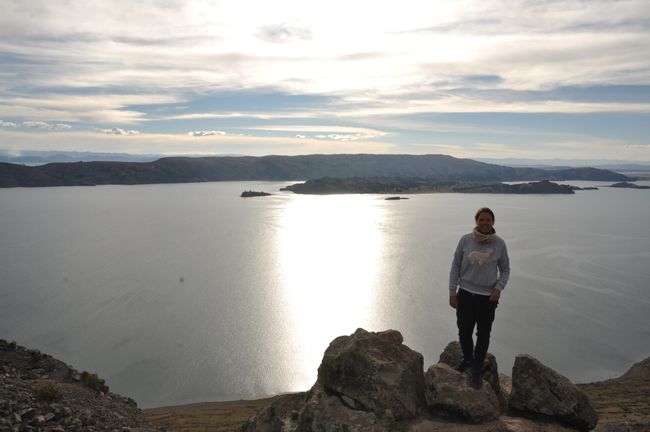
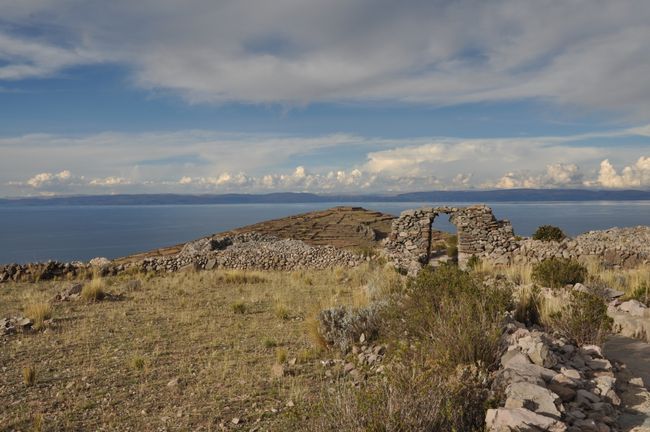
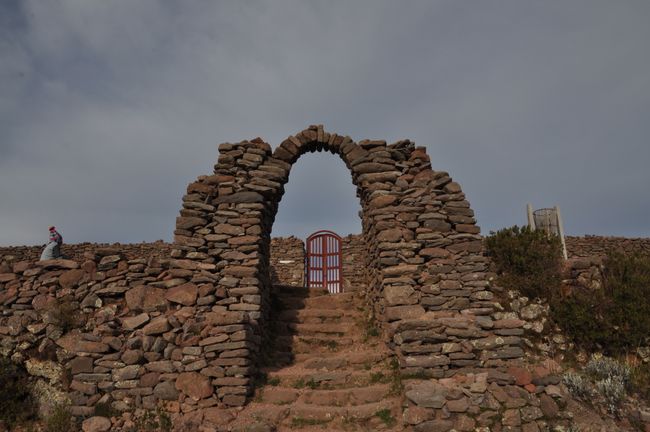
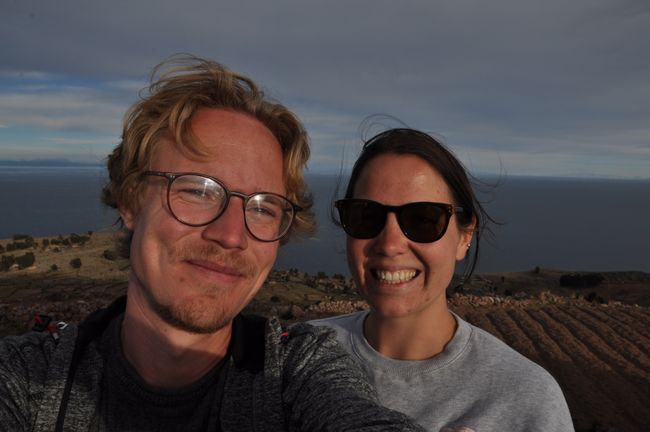
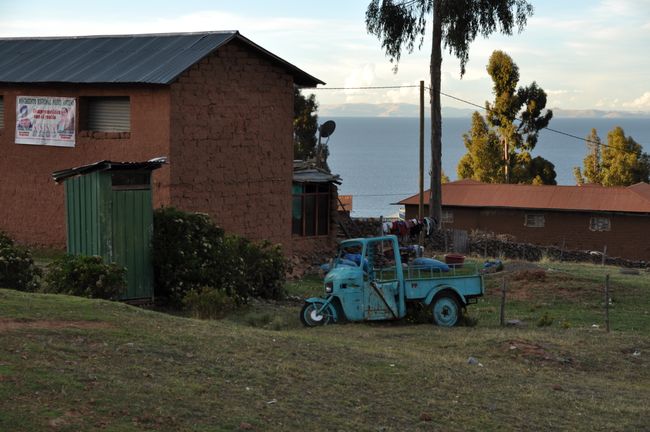
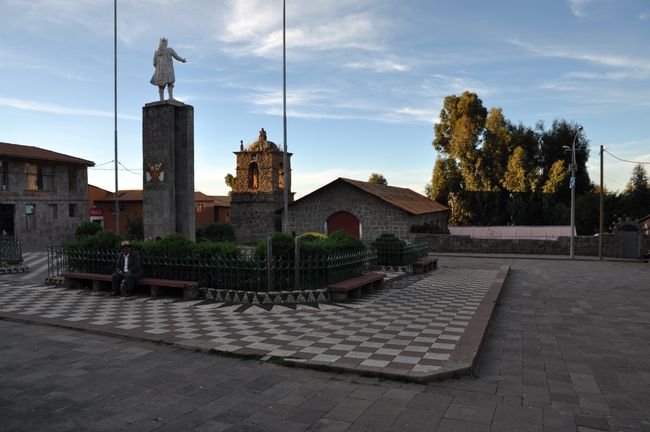
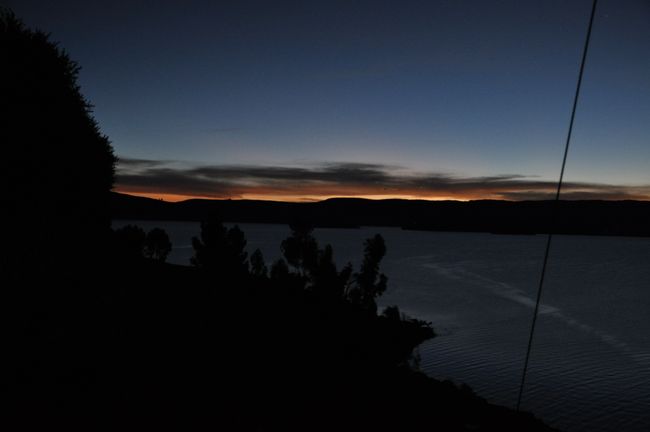
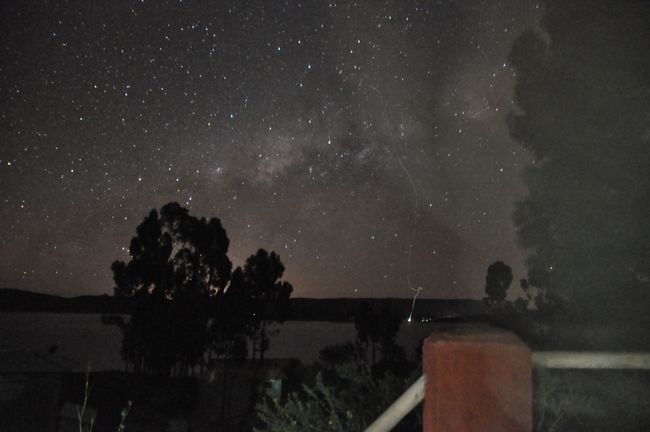

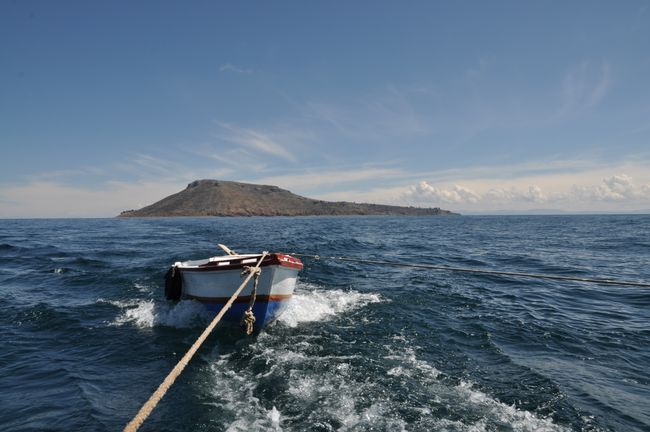
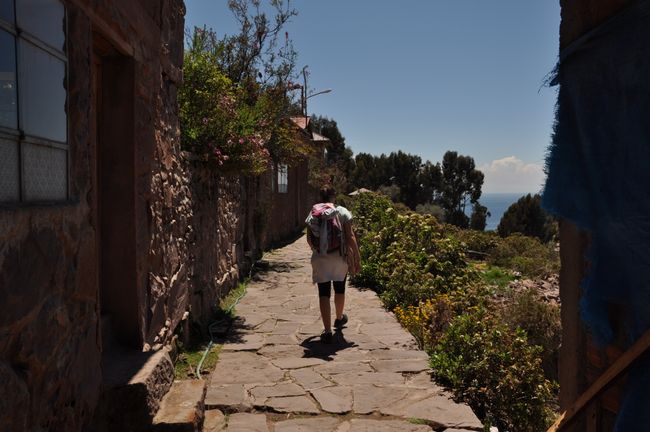
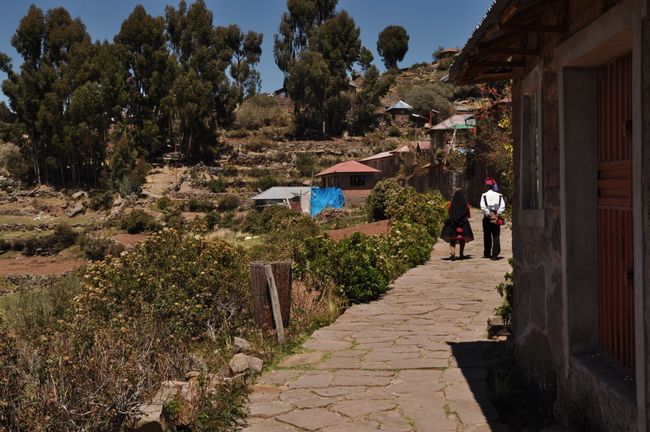
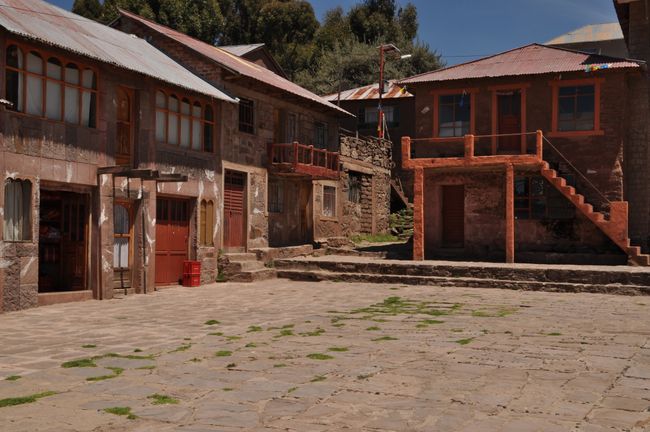
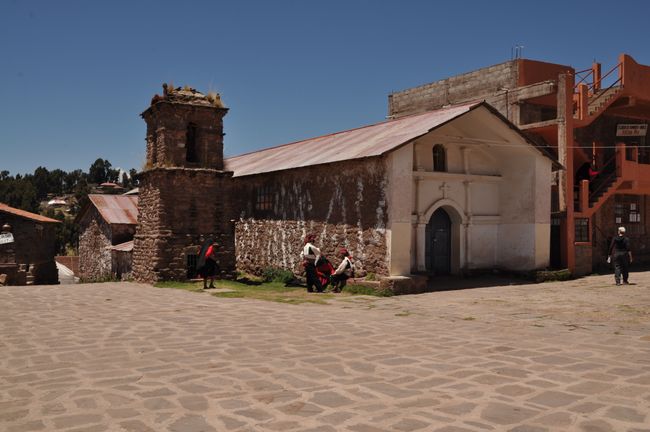
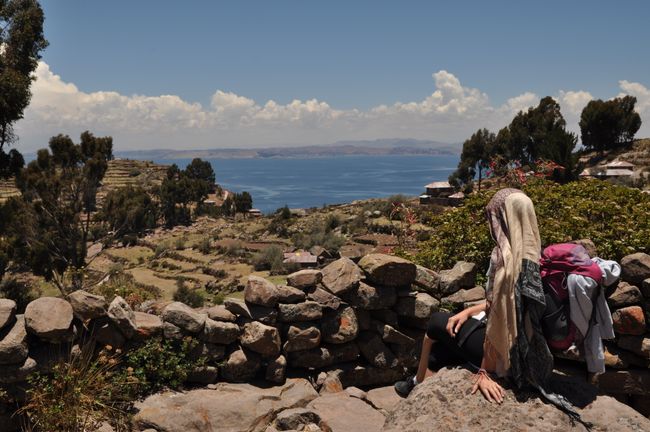
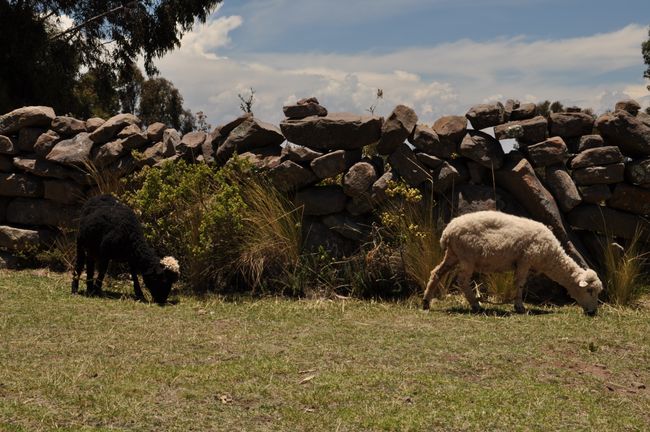
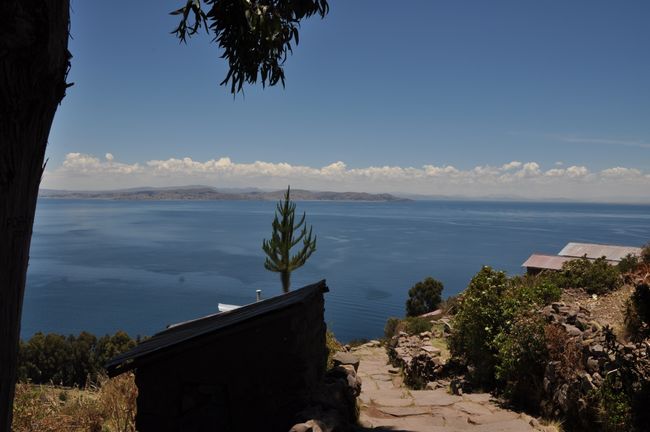
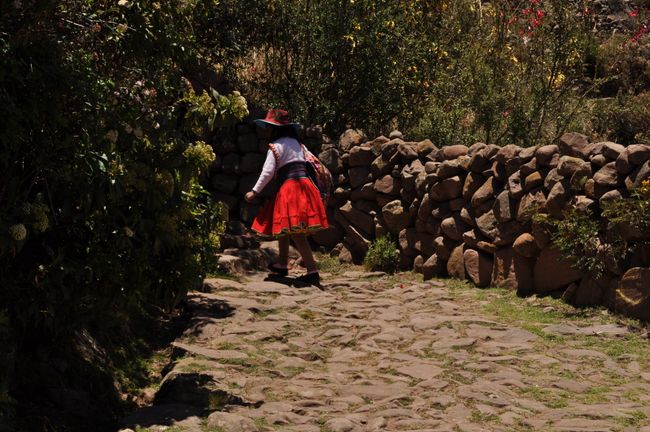
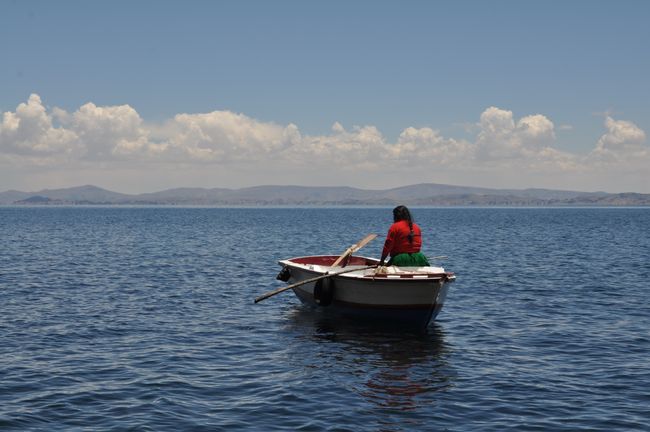
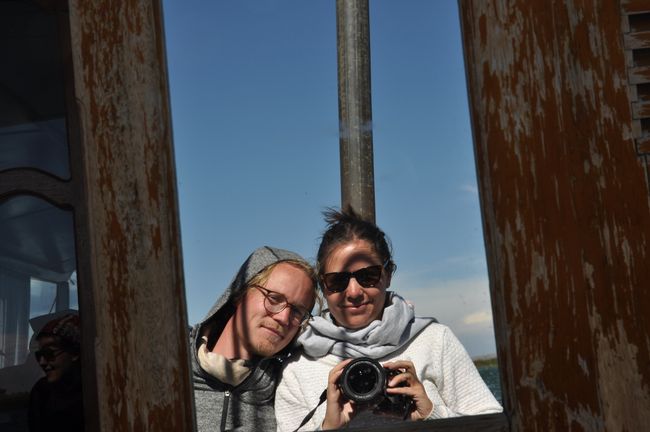
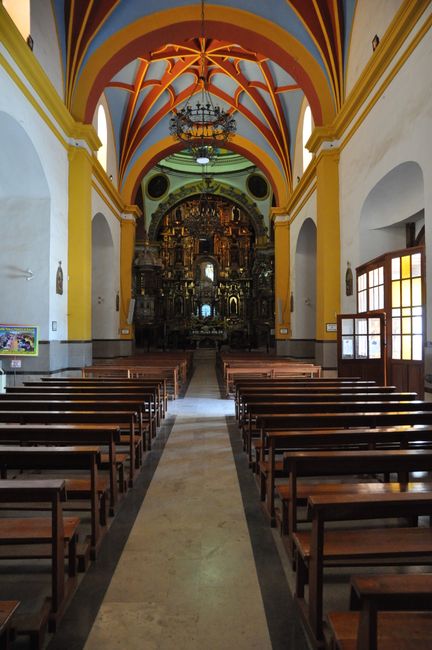
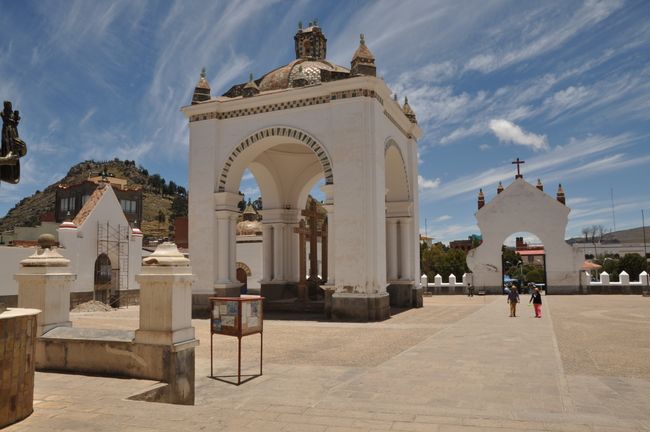
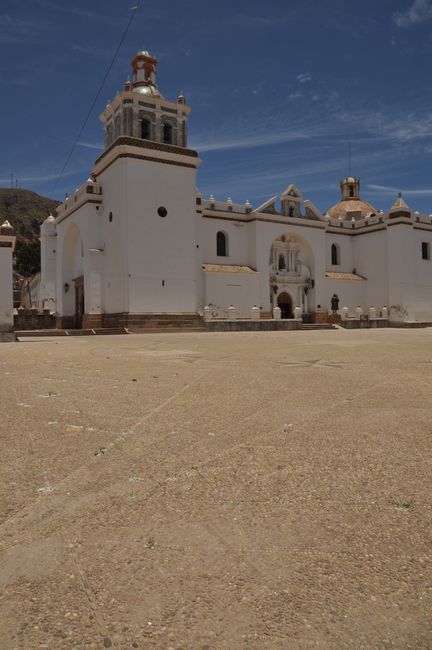
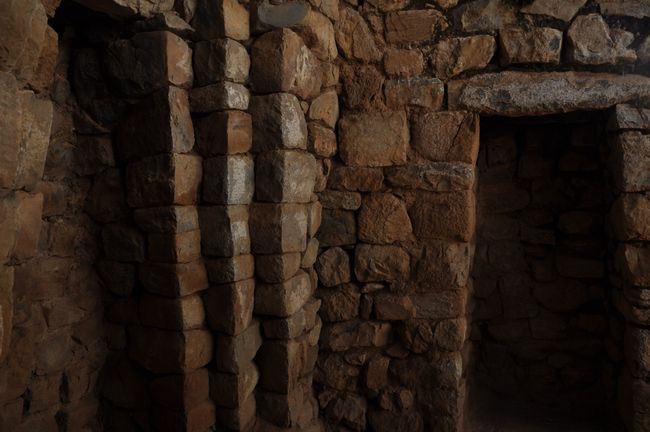
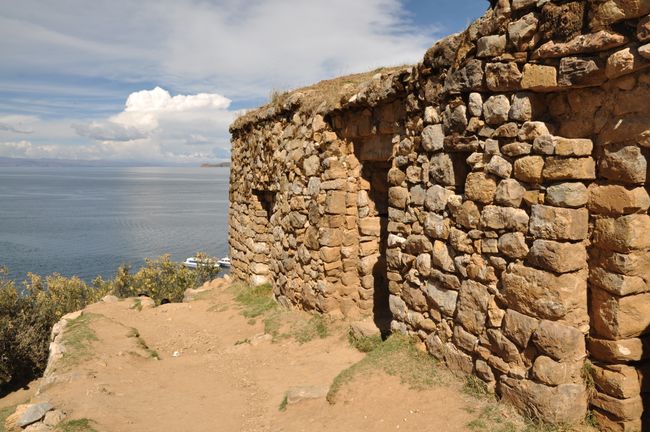
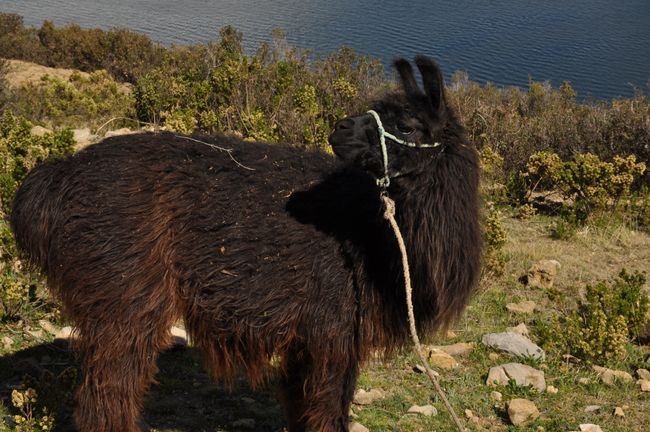
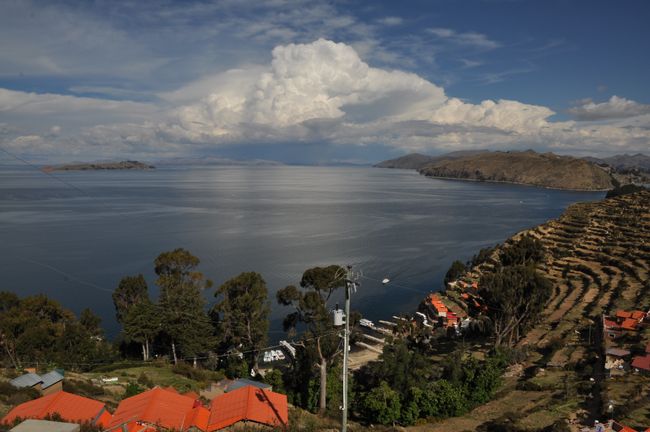
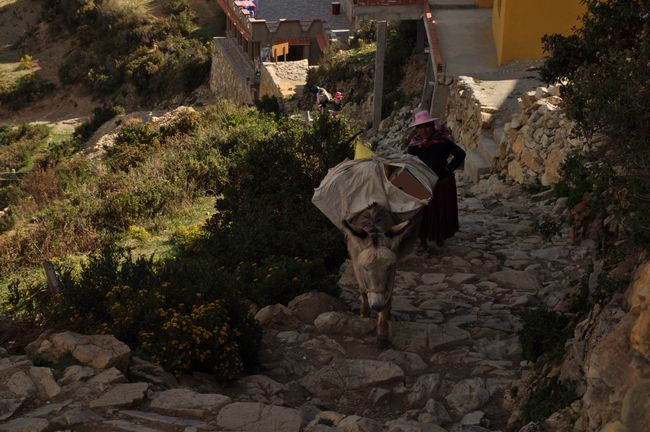
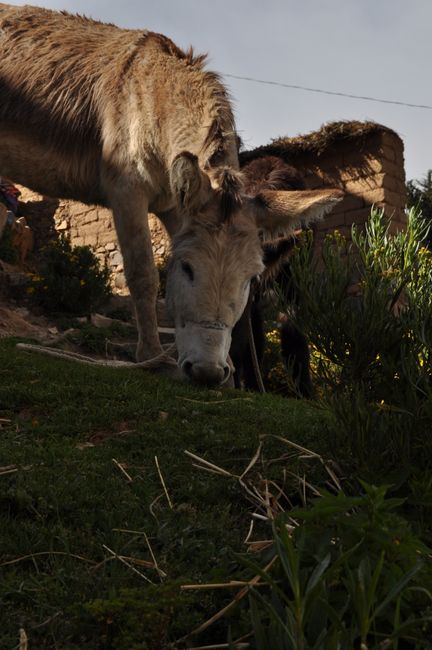
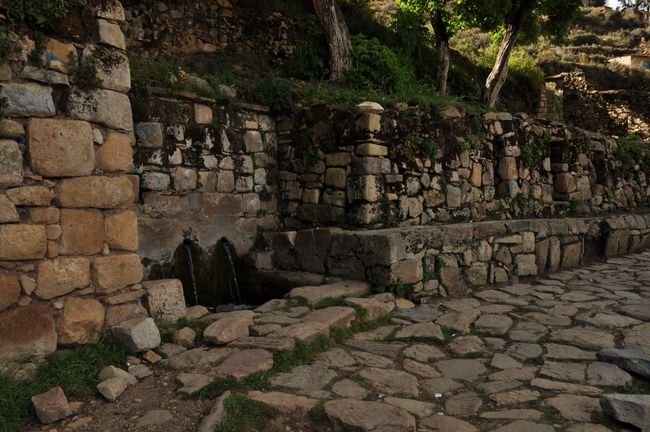
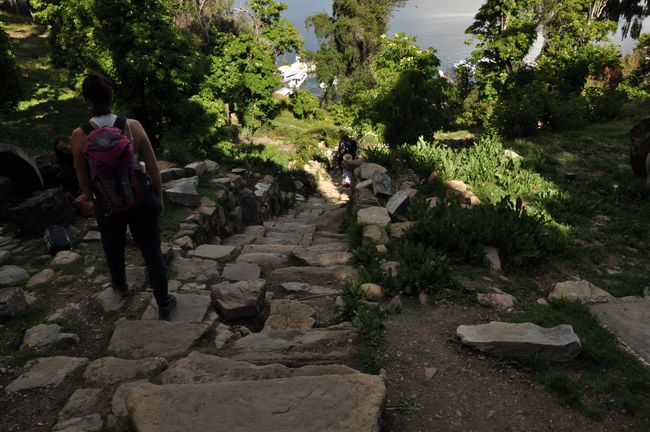
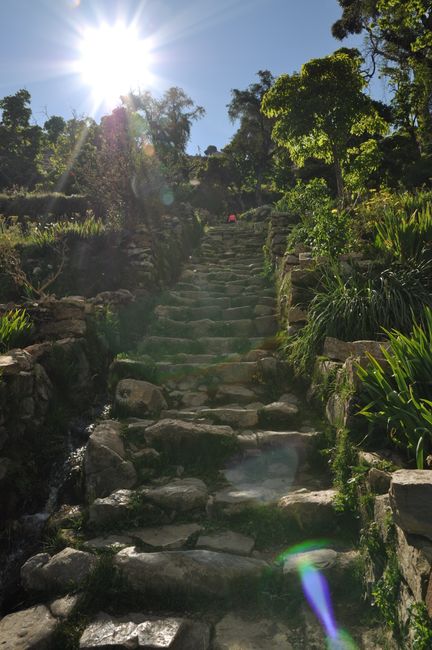
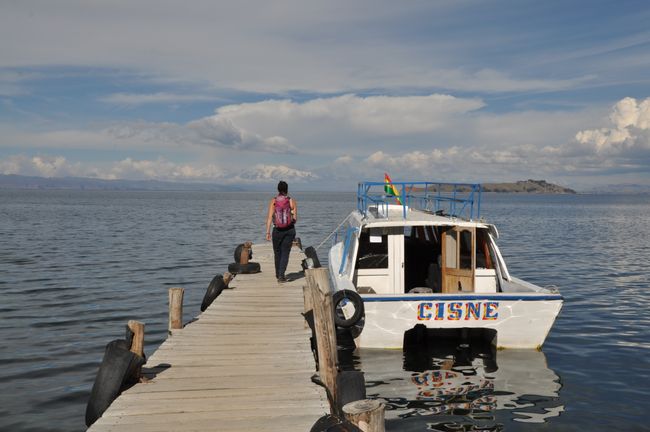
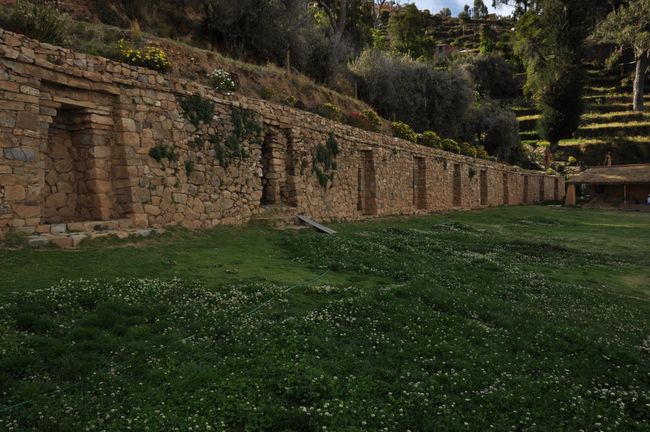
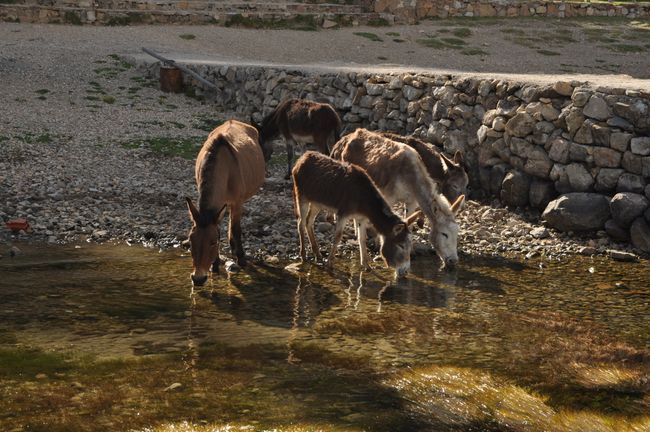
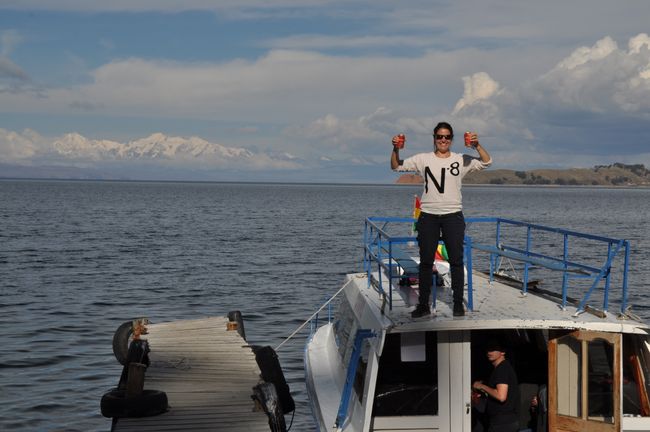
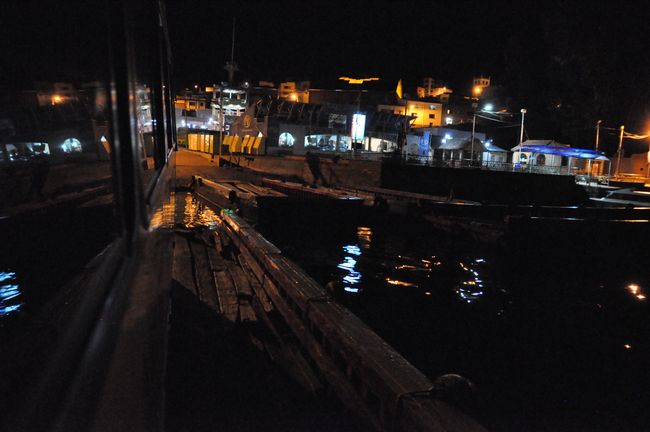
Բաժանորդագրվել տեղեկագրին
IPeru has nothing to do with iPhones, but it is an extremely good tourist information where you will be advised by friendly, competent people without anyone trying to sell you anything #cooperation. A real rarity! Following their advice, we went on an island tour with slow sailboats. Disadvantage: really slow. Advantage: you don't have to almost vomit your lunch orally and undigested, like in Galapagos.
The first stop was Uros, floating islands that smell slightly of decay. Why? They are made of organic reeds. The reed peat is moored in blocks and covered with totora reeds. The top layer must be renewed every 2 weeks, and the 2-meter high 'foundation' lasts about 25 years. The people there make a living from fishing and tourism, and lots of handicraft sales. But the traditional huts are sealed from the rain with plastic film on the inside.
The next stop was Amantaní, where we finally arrived after another 3 hours of boat ride. Family tourism is practiced here, with families taking turns hosting guests. Really great! Incredibly idyllic and just as tough is the life of the residents. We even saw a boy who was not even 6 years old working the hard earth with a pickaxe. The beautiful tranquility is not in the least due to the fact that there are no cars or dogs here. The seclusion (no internet, little electricity) allows you to admire the fantastic night sky of the southern hemisphere, including the Milky Way. On the mountain there are two facing ruins, Pachamama and Pachatata (Father Earth). The view of the sparkling deep blue Lake Titicaca is breathtaking. Strangely enough, 'Titi' means Puma and 'caca' means gray/rock.
The next morning we were supposed to go to Taquile early. Haha. The oar was brooooken! Eventually we made it there. Equally idyllic and very neat, the island with a slightly more compact population is located there. Knitting is a male craft here, and it is also the men who wear the traditional costumes corresponding to their marital status. With only 2200 inhabitants, the sense of belonging is so strong that they only marry among themselves. Not much choice. There is also a little ruin with a view and some sheep.
Then across the border to Bolivia. On a peninsula lies Copacabana, famous for its car blessings. The famous district of Rio de Janeiro got its name from here, by the way. Even truck drivers come from Buenos Aires to this pilgrimage site so that holy water can be sprinkled on their decorated radiator caps. Unfortunately, not when we were there. Unfortunate.
From there you can also take a trip to Isla del Sol (we won't translate that, small tip, it is NOT the Moon Island). Due to Bolivian punctuality, we only had time for a walk. Nevertheless, the subsequent slightly alcoholic cold drink on the boat deck in the sunshine was a worthy conclusion.
By the way, when you take the bus to La Paz, you have to cross said lake for a while. With a raft that is barely wider and longer than the bus itself. A relaxed ride!
Բաժանորդագրվել տեղեկագրին
Պատասխանել (5)
Dorothea
Wie gut können wir uns einfühlen, wo wir ja selbst schon waren. Herrlich😍Eva
Es hätte auch genau wie damals gefallenIsabel
Tolle Beschreibung bin immer gespannt wie es weitergeht. Gute Reise nochHelga
Hallo Eva und Willi
das sieht ja alles super spannend und schön aus. Freue mich dass es Euch wieder gut geht und Ihr hoffentlich noch viele schöne Sachen erleben könnt.Eva
Danke! Ja, das Abenteuer hört nicht auf 😊
Ճանապարհորդական հաշվետվություններ Բոլիվիա
